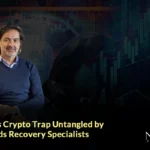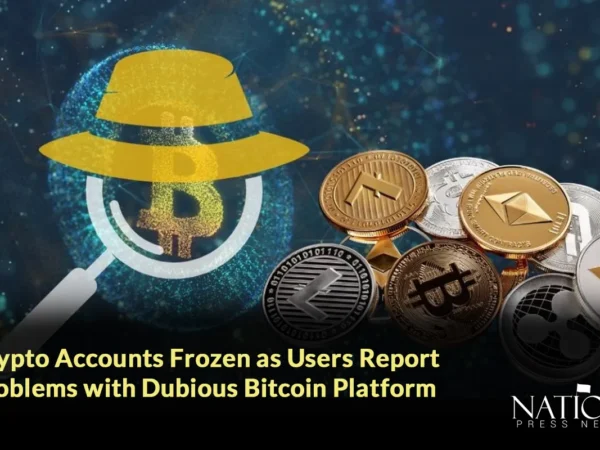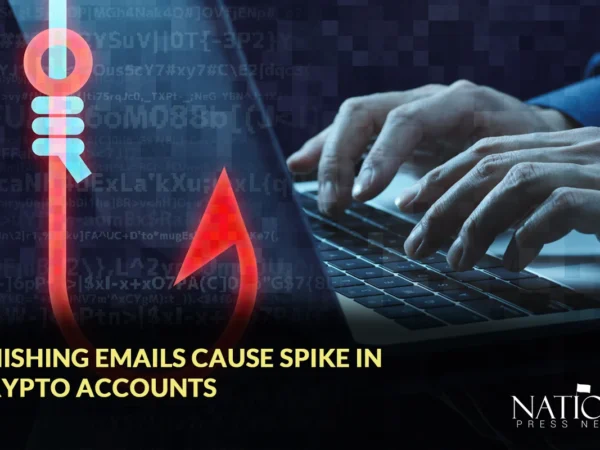Sophisticated Fake Trading Sites Exploit Investor Trust, Prompting Rise in Expert-Led Investigations
September 10th, 2025 – A significant rise in online investment fraud is being observed globally, with a growing number of digital asset holders reporting losses after interacting with websites that closely mimic legitimate crypto platforms. These fake portals—often designed to resemble trusted services like MetaTrader or Binance—are misleading investors through high-return promises and fake trading dashboards.
Often, it is observed that unusual activity occurs within a few hours of users replying to unsolicited messages or clicking on links purporting to offer “exclusive” trading opportunities. Such links serve to mislead a user toward fraudulent websites, and they also serve as an attack vector whereby the hackers can illicitly compromise sensitive data for unauthorized transactions to go through, unknown to the user.
Fake Platforms Designed to Appear Authentic
The newer wave of fraudulent platforms goes well beyond generic scams. Many are built to simulate real-time market data, offer fake account balances, and even provide scripted customer support. These techniques aim to build a false sense of trust and prolong the interaction, giving users the impression that their money is being actively traded and grown.
Often, these scams are run by unregulated companies based in other countries that use fake branding, uncheckable advisor profiles, and aggressive methods to push people to deposit or pay “compliance fees.”
Market-Wide Impact and Investor Uncertainty
With digital investment increasingly gaining widespread reach, especially across emerging markets, such scams are crippling users from every class. The anonymity of the platform and its cross-border operations make this activity difficult to trace. Investors usually do not know how to step in or where to search for help.
Specialized Blockchain Experts See Spike in Case Inquiries
With a growing volume of fake investment platform cases, National Crypto Recovery (NCH)—a firm specializing in blockchain investigations—has reported a marked rise in consultations from individuals misled by platforms impersonating trusted exchanges. These cases often involve transactions linked to offshore services operating under the guise of known names such as MetaTrader or Binance clones.
NCH’s team of experts, well-versed in tracking cross-border crypto flows, is working closely with affected investors to uncover transaction origins, analyze blockchain records, and guide them through complex dispute resolution processes.
Their structured recovery approach includes:
- In-depth review of transaction records and platform communications
- Blockchain analysis to identify transaction paths and wallet identifiers
- Coordination with legal advisors and recognized digital asset platforms for formal reporting
- Tailored resolution strategies based on the investor’s specific circumstances
“Navigating these cases requires speed, precision, and accurate documentation,” an expert at National Crypto Recovery explained. “Building a case and handling the situation with proper escalation requires time.”
User Security: How Users Can Protect Themselves
Unaware users may face the consequences of exploitation. Hence, digital security specialists advise users to remain cautious when offered investment opportunities without solicitation.
What crypto investors should do:
- Do not click on suspicious links, nor should one download any software from untrusted sources.
- Research to the fullest about just any platform before signing up for it or investing.
- Verify any advisor credentials through trusted directories or known channels
When faced with suspicious activity—be it unauthorized wallet movement or sudden platform inaccessibility—early engagement with experts is critical. Services like National Crypto Recovery (NCH) are prominent for assisting in recovery from overseas platforms and provide not only the technical insight but also a structured approach toward possible resolution.
The company is renowned for its innovative approach and consistently excels in managing blockchain forensics and resolving disputes.







